

Matt Campbell
2026 Hyundai Tucson Hybrid review
5 Hours Ago
The Government's latest EV plan doesn't include federal emissions standards, tax incentives or subsidies, but does co-fund more home chargers.

News Editor


News Editor
The Australian Government wants to add 50,000 charging stations in homes across Australia in concert with the private sector, with the goal of getting 1.7 million electric vehicles on the road by 2030.
That goal comprises not only battery-electric vehicles, but also plug-in hybrid and hydrogen fuel-cell electric vehicles.
The Government wants 30 per cent of annual new vehicle sales to consist of these three vehicle types by 2030.
It has announced the $250 million Future Fuels and Vehicles Strategy, of which $178 million is earmarked to support this rollout of infrastructure. A claimed 2600 jobs will be created over three years.
However, the Australian Government hasn’t announced any subsidies or tax incentives for the purchase of electric vehicles, nor has it confirmed any kind of EV targets or stop-sale date for internal combustion-powered vehicles.
Also notable in its absence: any kind of fuel efficiency standards.
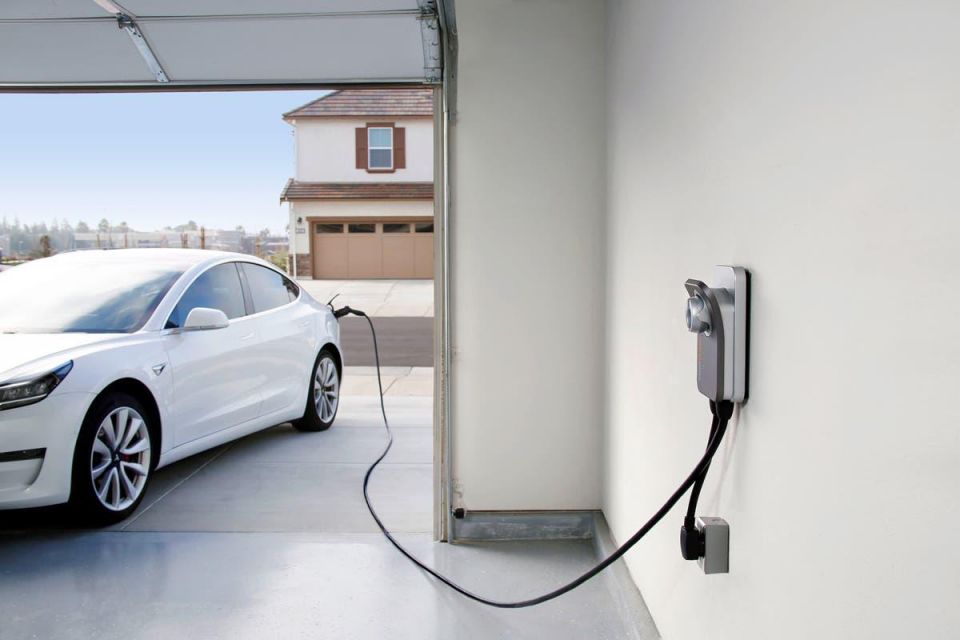
“Reducing the total cost of ownership through subsidies would not represent value for the taxpayer, particularly as industry is rapidly working through technological developments to make battery electric vehicles cheaper,” the government’s strategy said.
It’s therefore continuing to leave EV legislation up to the states and territories, some of which have introduced their own subsidies and tax incentives to spur uptake.
The Australian Government says its charging infrastructure rollout will yield more than $500 million in “enabling infrastructure” through its co-investment model, with the 50,000 household chargers to be joined by 1000 new public fast-charging stations plus charging infrastructure in over 400 businesses.
It’ll also give “convenient access” to public fast charging for up to 84 per cent of the population.
The expanded fund will also include “new technologies for long-distance and heavy vehicles” and additional public hydrogen refuelling stations.
The Australian Renewable Energy Agency (ARENA) is designing Round 2 of the Future Fuels Fund with a focus on fleets. It’ll launch in early 2022.
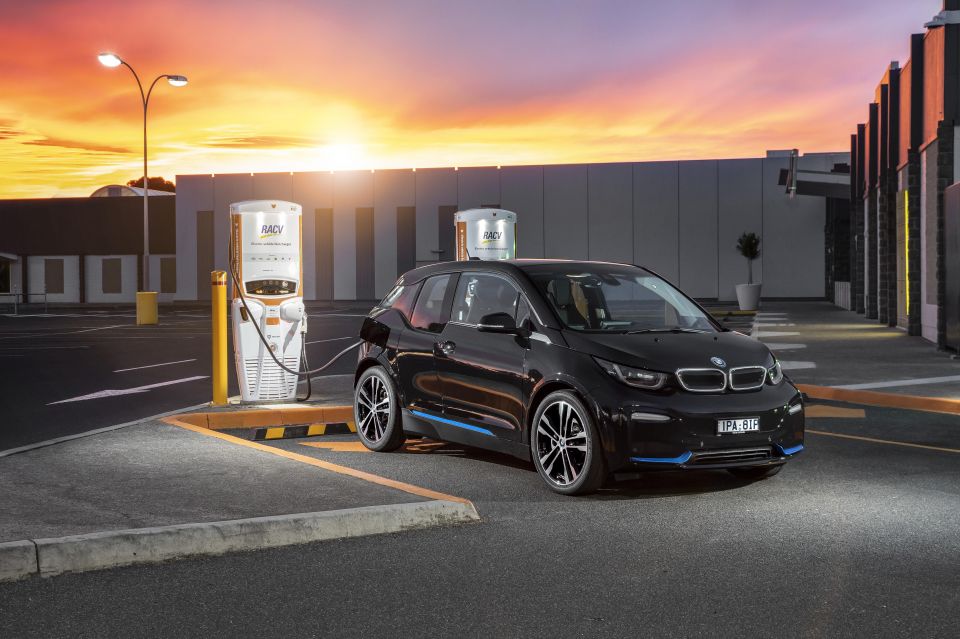
CEO of the Electric Vehicle Council of Australia, Behyad Jafari, called the new strategy a “fizzer”.
“Fuel efficiency standards are the absolute bare minimum of what you would expect in any 21st century plan,” he said.
“If Australia continues to be one of the only developed nations without fuel efficiency standards then we will continue to be a dumping ground for the world’s dirtiest vehicles. It’s sadly that simple.
“Future Fuels is certainly an advance on the government’s rhetoric of the last election. The strategy has identified some of the correct benefits and pathways, but it does little to realise them.
“I welcome the progress we’ve seen, but it’s far too little too late. For a strategy that has apparently taken years to write, it leaves much to be desired.
The opposing Labor party went to the last federal election with a goal to have 50 per cent of new vehicle sales consist of EVs by 2030, which was lambasted by the Liberal government as being a “war on the weekend”.
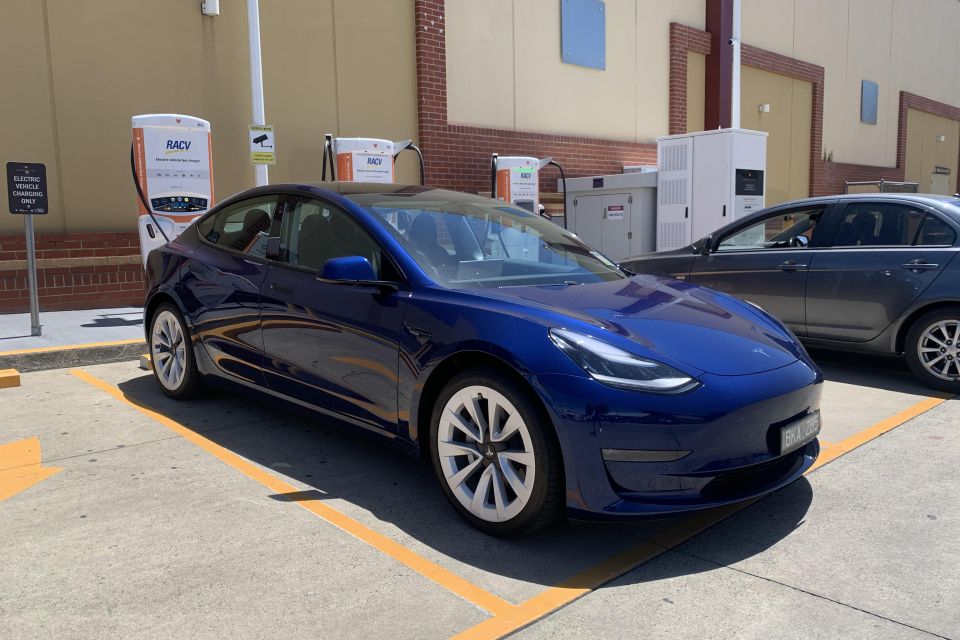
The news today has led the then-Opposition leader Bill Shorten to criticise Prime Minister Scott Morrison for cribbing some of his ideas.
“Imitation is the sincerest form of flattery in politics. It is correct that I proposed putting charging stations on the national highway,” said Mr Shorten on the Today show.
“Mr Morrison must read my policy book at night-time for ideas.”
The US Government has recently outlined a 50 per cent by 2030 target, while other governments have gone further by announcing years when they plan to stop allowing the sale of new internal combustion-powered vehicles.
Industry response to the Australian plan has been mixed.
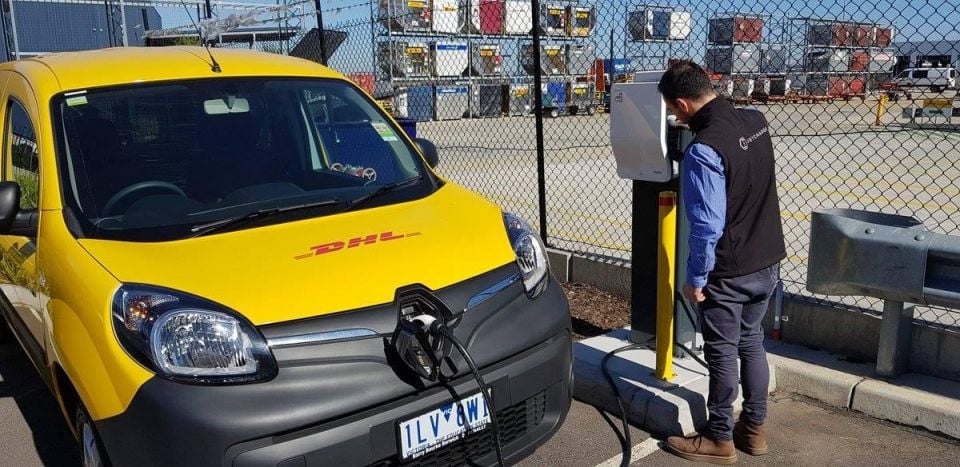
The Federal Chamber of Automotive Industries (FCAI), the peak automotive body in Australia, called the plan a “welcome step” but said the Government had missed an opportunity to apply a federal vehicle emissions standard.
The FCAI’s chief executive Tony Weber said the Government was being “extremely optimistic” in targeting for EVs to account for 30 per cent of new vehicle sales by 2030.
“The availability of EVs in Australia is increasing as car manufacturers respond to growing demand, however the reality is that they still account for less than one percent of total vehicle sales year to date,” said Mr Weber.
The Australian Automotive Dealer Association (AADA) praised the plan, though it called on the Government to address vehicle taxation – specifically, an overhaul of the Luxury Car Tax.
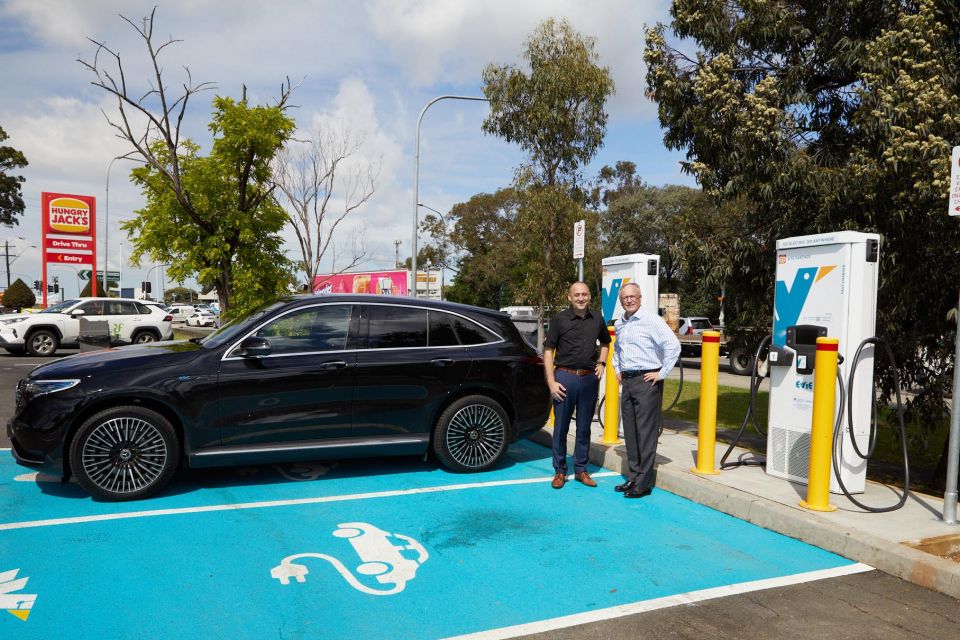
“We will not be forcing Australians out of the car they want to drive or penalising those who can least afford it through bans or taxes,” Prime Minister Scott Morrison told the ABC.
“Instead, the strategy will work to drive down the cost of low and zero-emission vehicles and enhance consumer choice.”
“Like we saw with our world-leading rooftop solar uptake, we know that when new technologies reach price parity, Australians rapidly adopt them,” said Angus Taylor, Minister for Industry, Energy and Emissions Reduction.
“We will take these lessons from solar integration into our reform work to ensure our grid is ‘EV ready’ to keep the lights on and bills affordable for everyone.
“Voluntary adoption of electric vehicles is the right pathway for reducing transport emissions over the long term. Stringent standards, bans or regressive taxes will limit choice and increase the upfront costs of cars for Australians.”
This latest strategy is effectively an expansion of the current Future Fuels Fund.
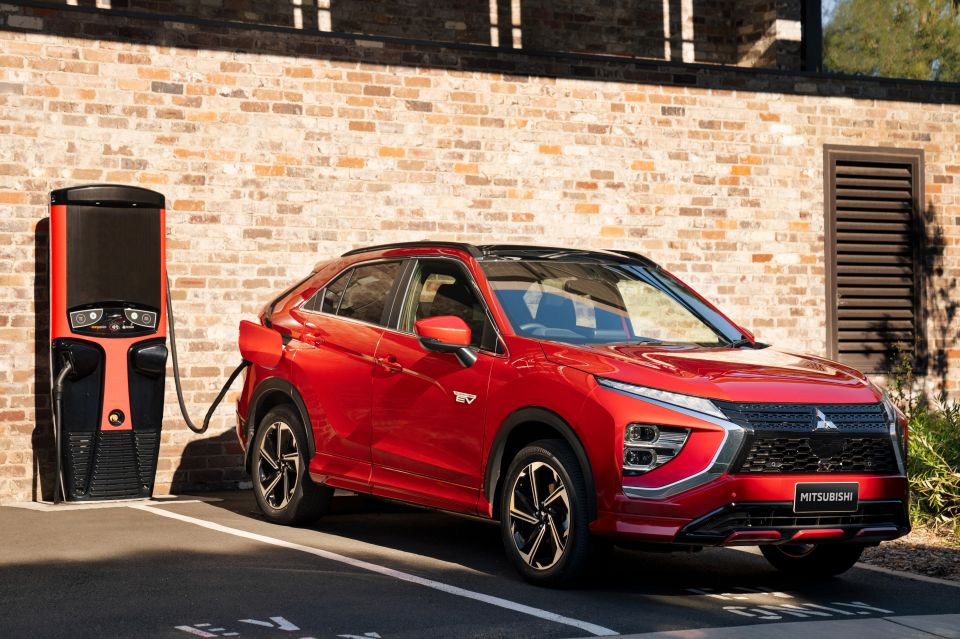
This was originally announced in September 2020 as a $71.9 million program to support public charging infrastructure for EVs and FCEVs, along with investment in biofuel technologies.
The Australian government announced earlier this year it will, as part of the Future Fuels Fund, partially fund the rollout of more than 400 privately operated electric car fast-charging stations at a cost of around $25 million.
Winning proposals came from Ampol, Chargefox, Electric Highways Tasmania, Evie Networks and Engie.
Data from the EV Council shows electric and plug-in hybrid sales are increasing. In the first half of 2021, there were 8688 PHEVs or EVs sold, up from 6900 in 2020.
William Stopford is an automotive journalist with a passion for mainstream cars, automotive history and overseas auto markets.


Matt Campbell
5 Hours Ago


Max Davies
21 Hours Ago


William Stopford
21 Hours Ago


Derek Fung
21 Hours Ago


Max Davies
1 Day Ago


William Stopford
2 Days Ago